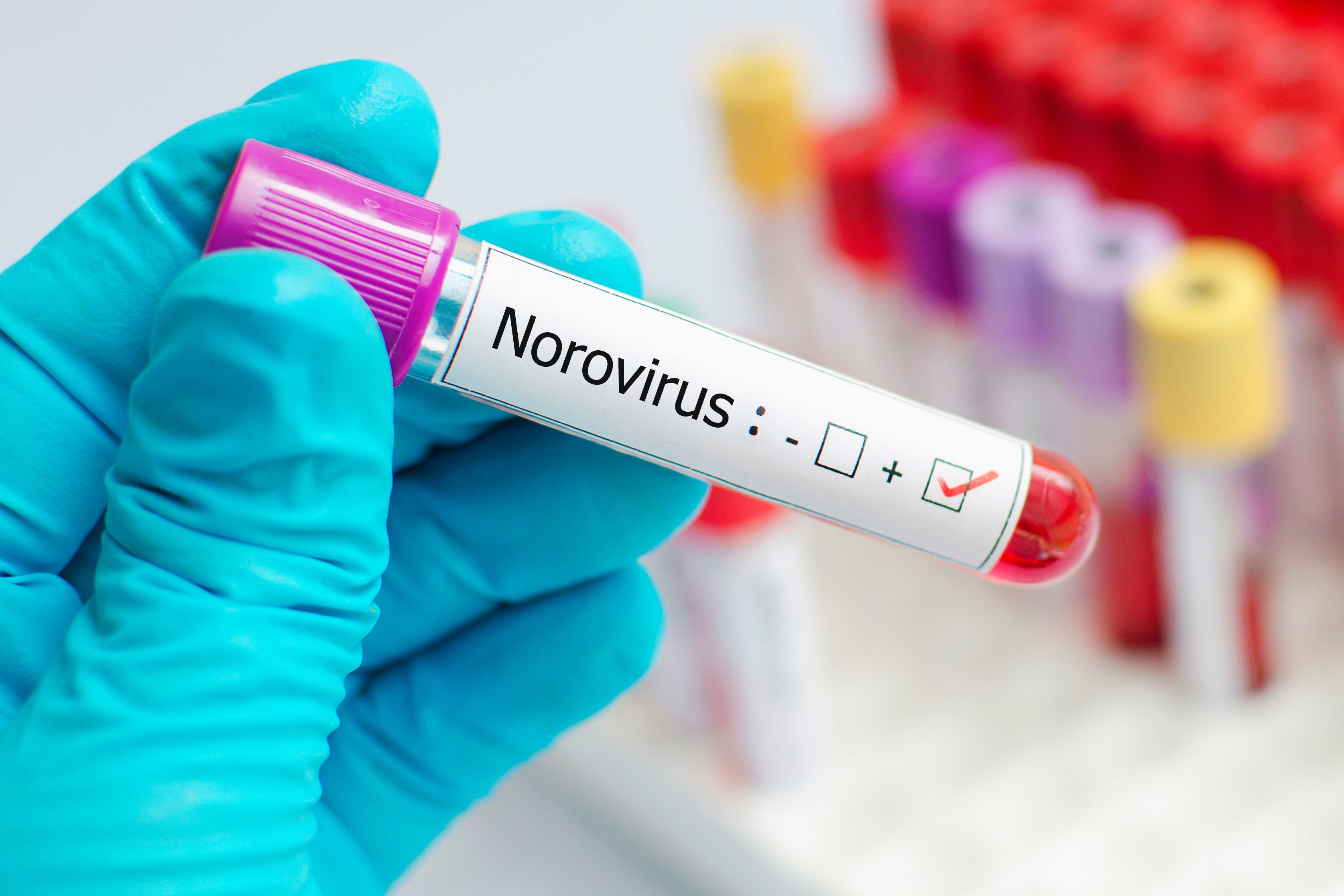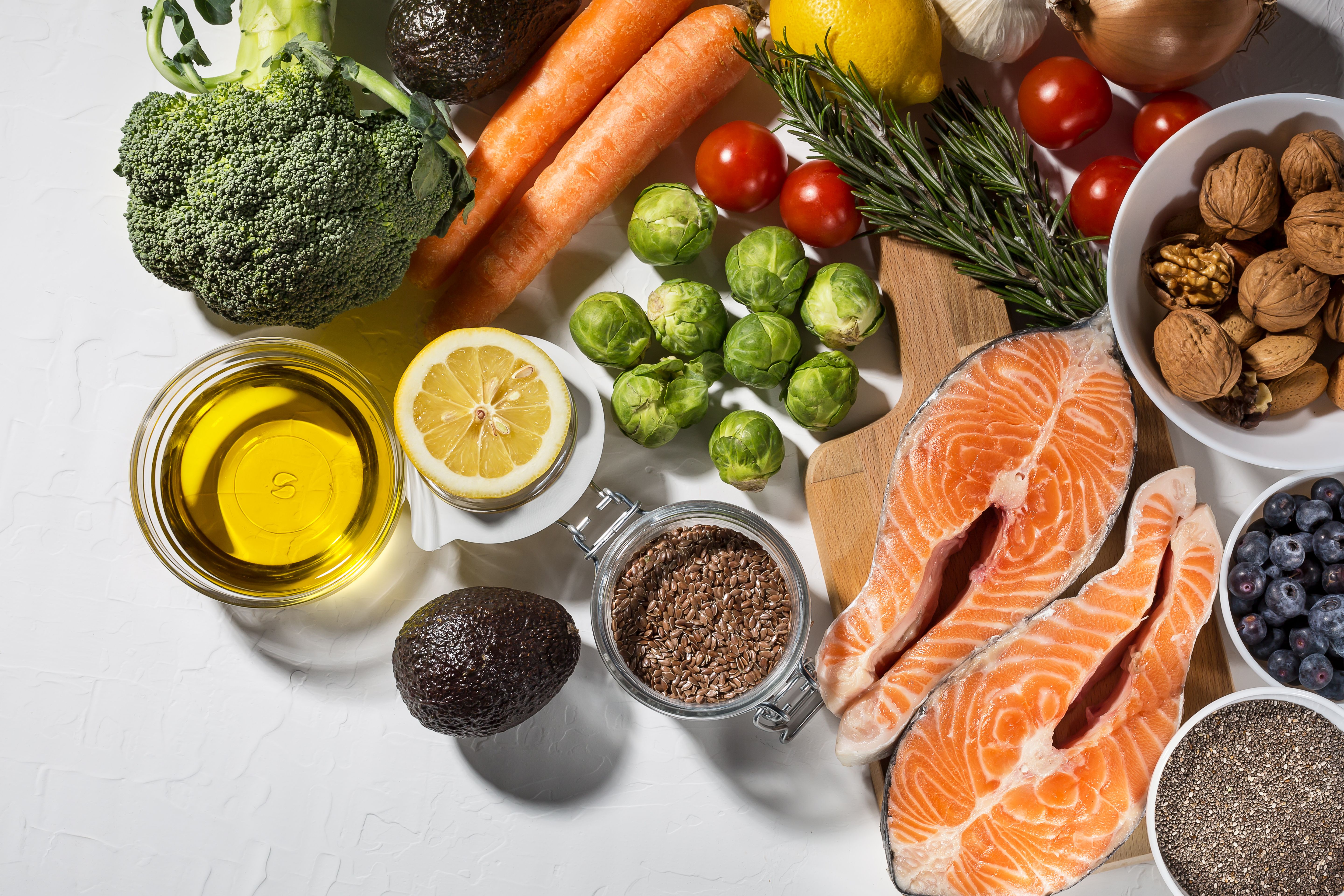News
Article
Entering Peak Norovirus Season as Cases Rise Across the US
Author(s):
Nationwide norovirus cases have recently increased, followed by an FDA warning for consumers to avoid oysters contaminated in a recent outbreak.
This article was originally published on ContagionLive.com. This version has been lightly edited.
Recent CDC data showed a rise in norovirus cases across the US, with more than 22% of tests returning positive as of December 28, 2024, compared to 12% during the same week in December 2023.1 The NoroSTAT report for the 2024 to 2025 season (August 1 to December 11, 2024) recorded 495 outbreaks, up from 363 during the same period in 2023.2
Image credit: jarun011 - stock.adobe.com

On January 2, 2025, the FDA issued a safety alert advising restaurants, food retailers, and consumers in Washington and Oregon to avoid shellstock oysters harvested between December 2 and December 17, 2024, by Ruco’s Shellfish (WA-1995-SS) from the Hammersley Inlet growing area in Washington state. These oysters may be contaminated with norovirus, a virus that causes gastrointestinal illness, especially in individuals with weakened immune systems.3
This recall follows a norovirus outbreak linked to the oysters, prompting Washington State to take action. While these oysters were primarily distributed in Washington and Oregon, there is a possibility they were also sent to other states. The FDA recommends that restaurants and retailers dispose of or return any affected oysters, while consumers should refrain from eating them.3
Norovirus typically causes symptoms such as diarrhea, vomiting, nausea, abdominal pain, fever, headache, and body aches, usually appearing 12 to 48 hours after exposure. In most cases, the illness resolves within 1 to 3 days. However, dehydration can occur, particularly in young children, older adults, and individuals with other health conditions. Symptoms of dehydration include reduced urination, dry mouth, dizziness, and, in children, fewer tears and unusual sleepiness.4
What You Need To Know
Recent CDC data shows a significant increase in norovirus cases across the US, with over 22% of tests returning positive as of December 2024.
The FDA has issued a safety alert advising restaurants, retailers, and consumers in Washington and Oregon to avoid oysters harvested from Hammersley Inlet due to potential norovirus contamination.
Norovirus can lead to dehydration, especially in vulnerable populations, with symptoms like reduced urination, dizziness, and unusual sleepiness in children.
The last significant norovirus surge occurred in February 2024, when the CDC reported a notable rise in cases across the Northeast US The three-week average of positive tests had reached 13.9%, marking a sustained increase above 10% since mid-December 2023. Other regions, including the South, Midwest, and West, also saw rising test positivity rates. This surge highlighted the ongoing seasonal nature of norovirus outbreaks, with healthcare facilities and long-term care centers experiencing the highest number of cases.5
With norovirus activity on the rise, health officials recommend that restaurants, food retailers, and consumers remain vigilant throughout the ongoing season and follow any advisories issued. The FDA and public health authorities continue to monitor the situation and will provide updates as needed. Experts stress the importance of increased vigilance, as norovirus activity typically peaks in late fall through early spring.





